Building a Sustainable Future: Embracing Green Alternatives to Inefficient Buildings
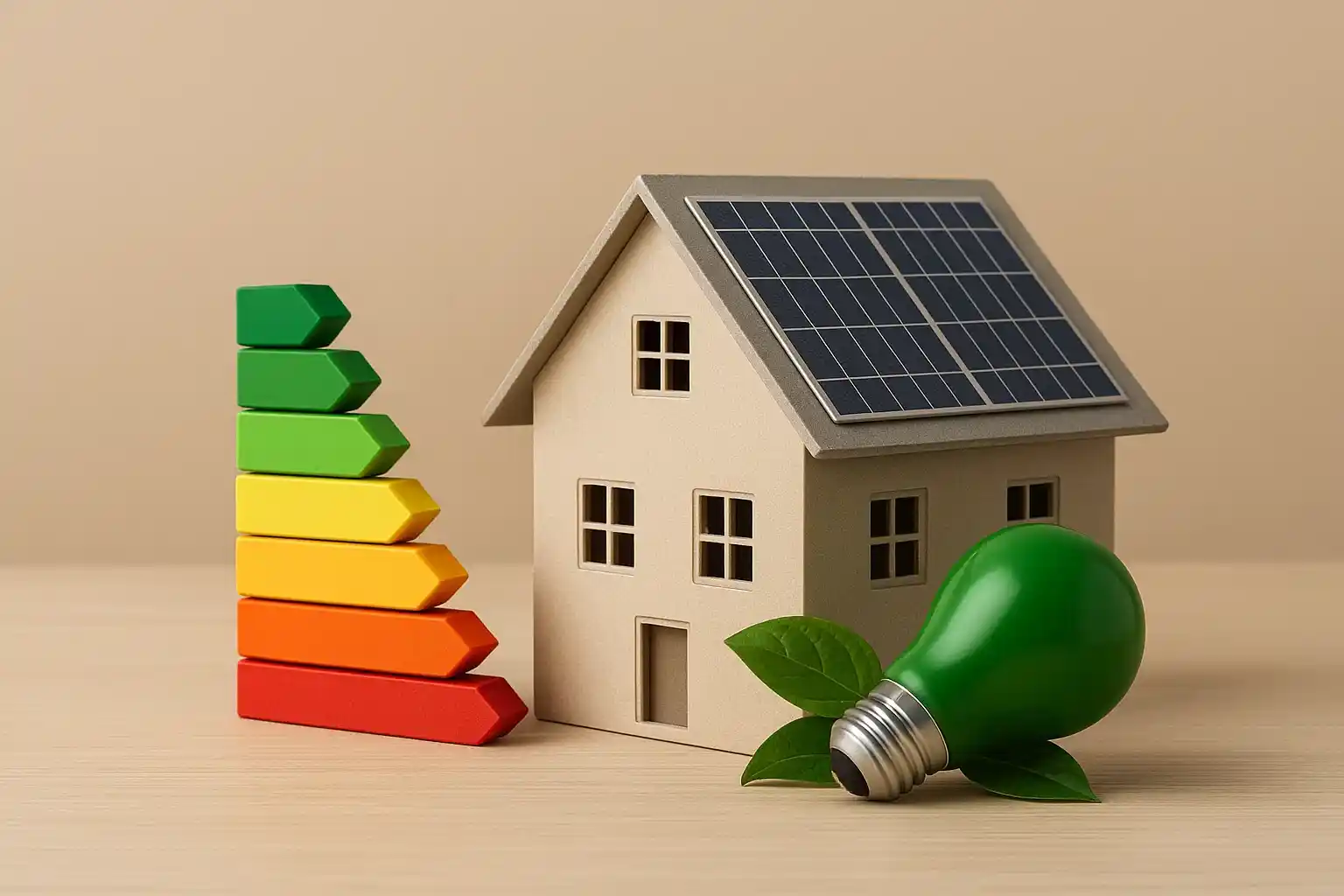
The buildings we inhabit, whether our homes, workplaces, or public spaces, are significant consumers of energy and resources. Inefficiently designed and poorly insulated buildings waste vast amounts of energy for heating, cooling, and lighting, contributing substantially to greenhouse gas emissions and higher utility bills. Recognizing the urgent need to mitigate climate change and create more sustainable urban environments, a growing movement is advocating for and implementing green alternatives in building design, construction, and renovation. Embracing these sustainable building practices is crucial for reducing our energy footprint, improving indoor comfort, and fostering a more environmentally responsible built environment.
The environmental impact of inefficient buildings is considerable. The energy consumed for heating and cooling often comes from fossil fuels, directly contributing to carbon emissions. Poor insulation leads to significant energy loss, further increasing demand. Inefficient lighting and outdated appliances also add to the energy burden. The construction process itself can generate substantial waste and utilize resource-intensive materials. Recognizing these significant environmental costs, a shift towards greener building practices is not just an environmental imperative but also an economic and social necessity for creating more resilient and sustainable communities.
Fortunately, a range of innovative and readily available alternatives exists for creating more energy-efficient and environmentally friendly buildings. By embracing Green Building Certification programs, incorporating Passive Design principles, and undertaking strategic Retrofits of existing structures, we can significantly reduce the energy consumption and environmental impact of our built environment, paving the way for a more sustainable future for our cities and towns. These approaches prioritize energy efficiency, resource conservation, and the creation of healthier indoor spaces.
Constructing a Greener World: Exploring Sustainable Building Alternatives
Moving beyond the era of inefficient construction opens up a world of more environmentally responsible and high-performance building practices:
Green Building Certification: Setting Standards for Sustainability
Green Building Certification programs, such as LEED (Leadership in Energy and Environmental Design) and Energy Star, provide a framework for designing, constructing, and operating buildings in an environmentally responsible and resource-efficient manner. These certifications offer a set of standards and guidelines that address various aspects of sustainability, including energy efficiency, water conservation, materials selection, and indoor environmental quality. By adhering to these standards and obtaining green building certification, developers and homeowners can demonstrate a commitment to sustainability and create buildings with significantly lower environmental impacts.
Passive Design: Harnessing Nature's Energy
Passive Design principles involve designing buildings to take advantage of natural climatic conditions to minimize the need for mechanical heating and cooling. This includes strategies such as optimizing building orientation to maximize solar heat gain in winter and minimize it in summer, using natural ventilation and daylighting, incorporating thermal mass to regulate indoor temperatures, and implementing effective insulation and shading. By thoughtfully integrating passive design elements, buildings can significantly reduce their energy consumption and create more comfortable and energy-efficient indoor spaces. The Passive House Institute provides rigorous standards and guidelines for achieving ultra-low energy buildings through passive design principles.
Retrofits: Upgrading Existing Buildings for Efficiency
Retrofitting existing inefficient buildings offers a crucial opportunity to reduce their energy consumption and environmental impact. Retrofitting involves upgrading a building's systems and components to improve energy efficiency, such as adding insulation, replacing inefficient windows and doors, upgrading HVAC systems, and installing energy-efficient lighting. Retrofitting can significantly reduce a building's energy demand and improve its overall performance, making existing structures more sustainable and comfortable. Companies like Velux offer high-performance windows and skylights that can be key components of energy-efficient retrofits.
Building a Sustainable Future Together: Policy and Action
Embracing green building certifications, passive design principles, and strategic retrofits requires a concerted effort involving policymakers, developers, builders, and homeowners. By supporting policies that incentivize green building practices, investing in research and development of sustainable building technologies, and making informed choices about how we design, build, and renovate our buildings, we can collectively create a more sustainable and energy-efficient built environment for generations to come.
Related Blogs
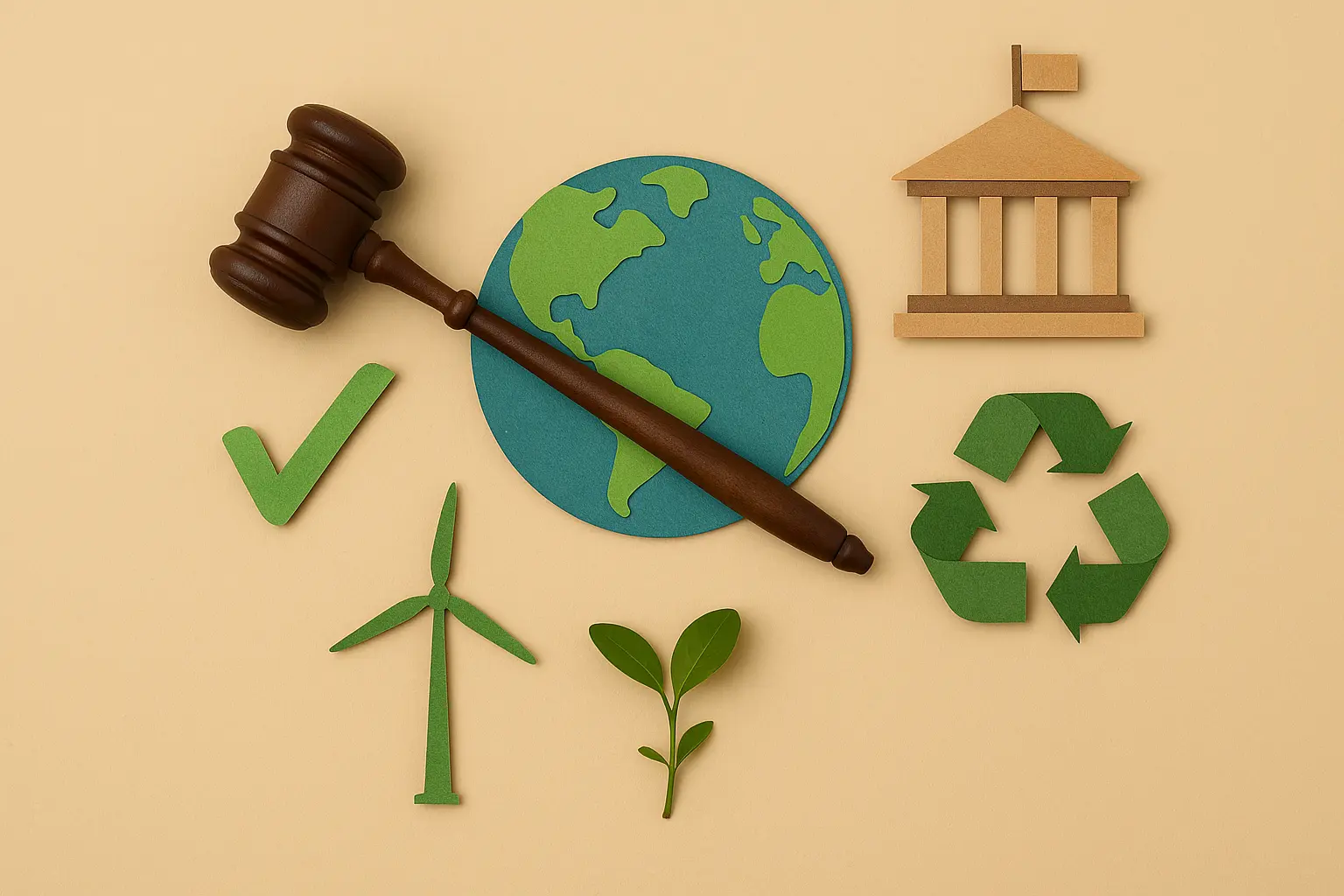
Glimmers of Progress: Ten Policy Victories That Advanced Planetary Health in the Past Year
Insights on how environmental policy affects you (even if you don’t vote) in a sustainable way.

Decoding the Global Commitment: A Breakdown of the Paris Agreement and the Path Forward
Insights on a breakdown of the paris agreement (and what’s next) in a sustainable way.
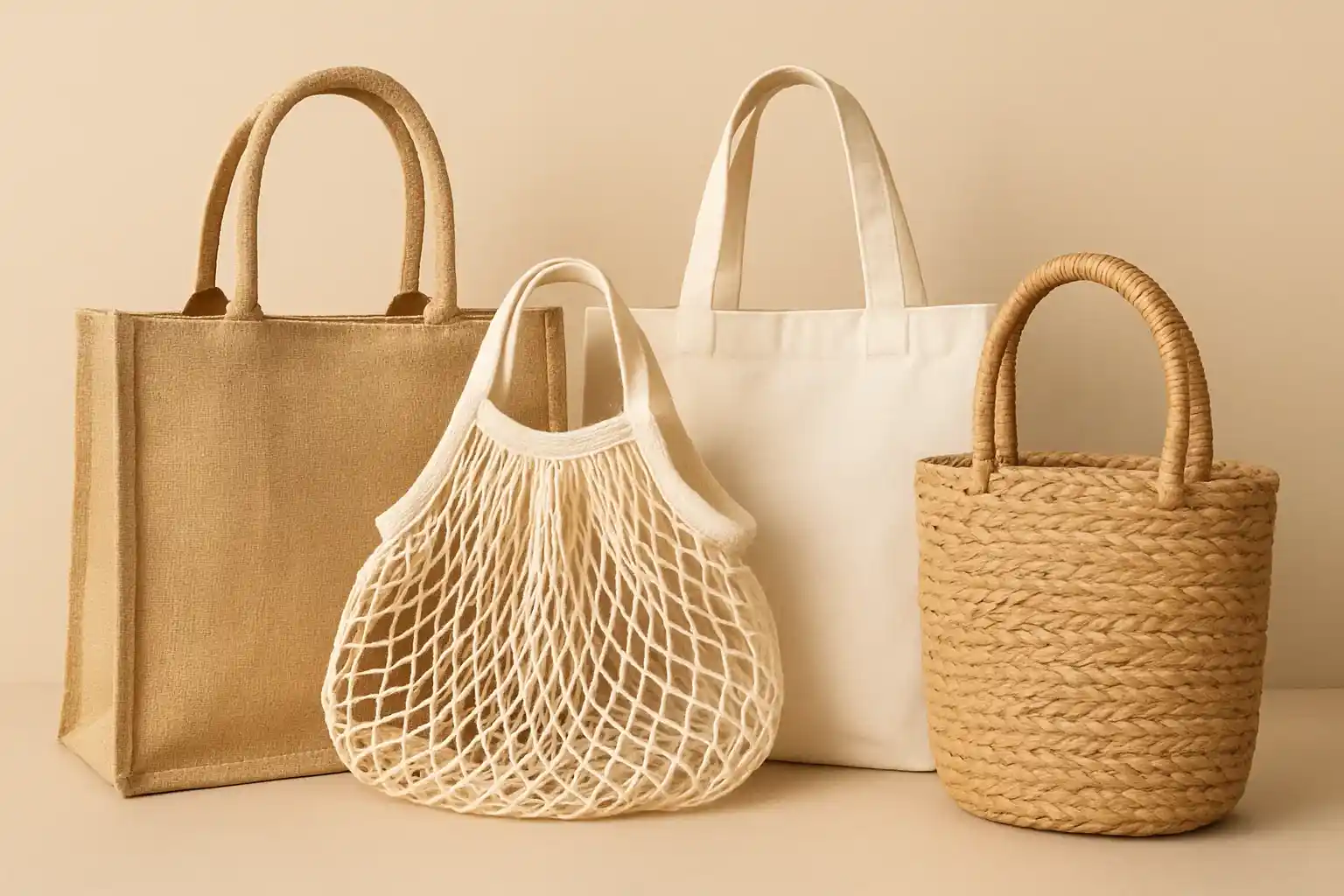
Ban the Bag: Choosing Reusable Alternatives to Single-Use Plastic Carry Bags
Support local bans and global reduction by opting for cloth, jute, or foldable reusable bags.
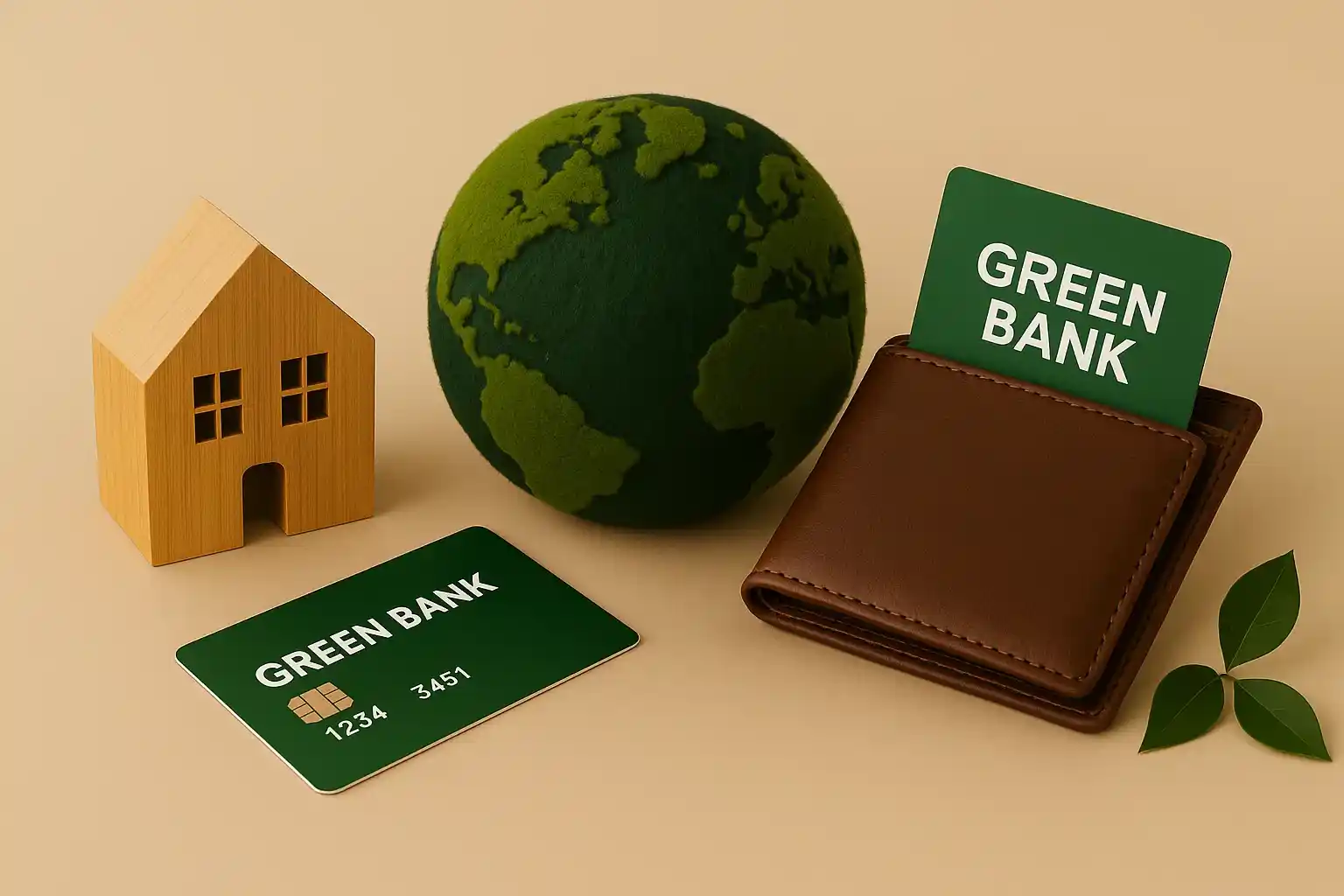
Bank for a Better Future: Choosing Ethical Finance to Power a Cleaner Planet
Finance a cleaner planet by opting for ethical banks, green investment funds, and impact fintech.

Beyond the Ban: Navigating the Post-Plastic Bag Landscape Towards True Sustainability
Insights on banning plastic bags in a sustainable way.
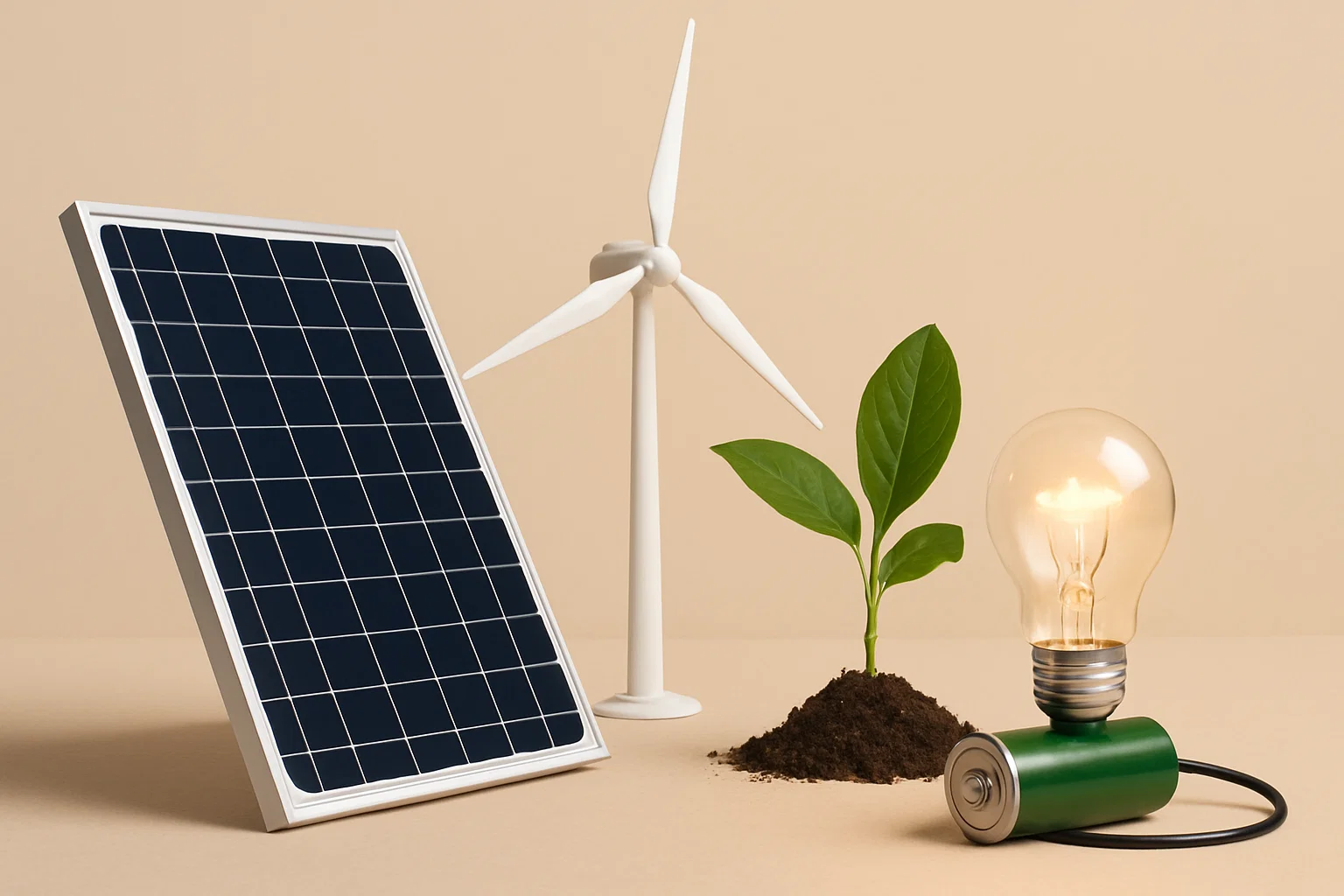
Powering Change: Choosing Clean Energy Alternatives to Conventional Sources
Align with energy transition policies by opting for green providers, solar, or co-operatives.
Stay in the Loop
Get tips and insights tailored to your interests — no spam, just sustainability.